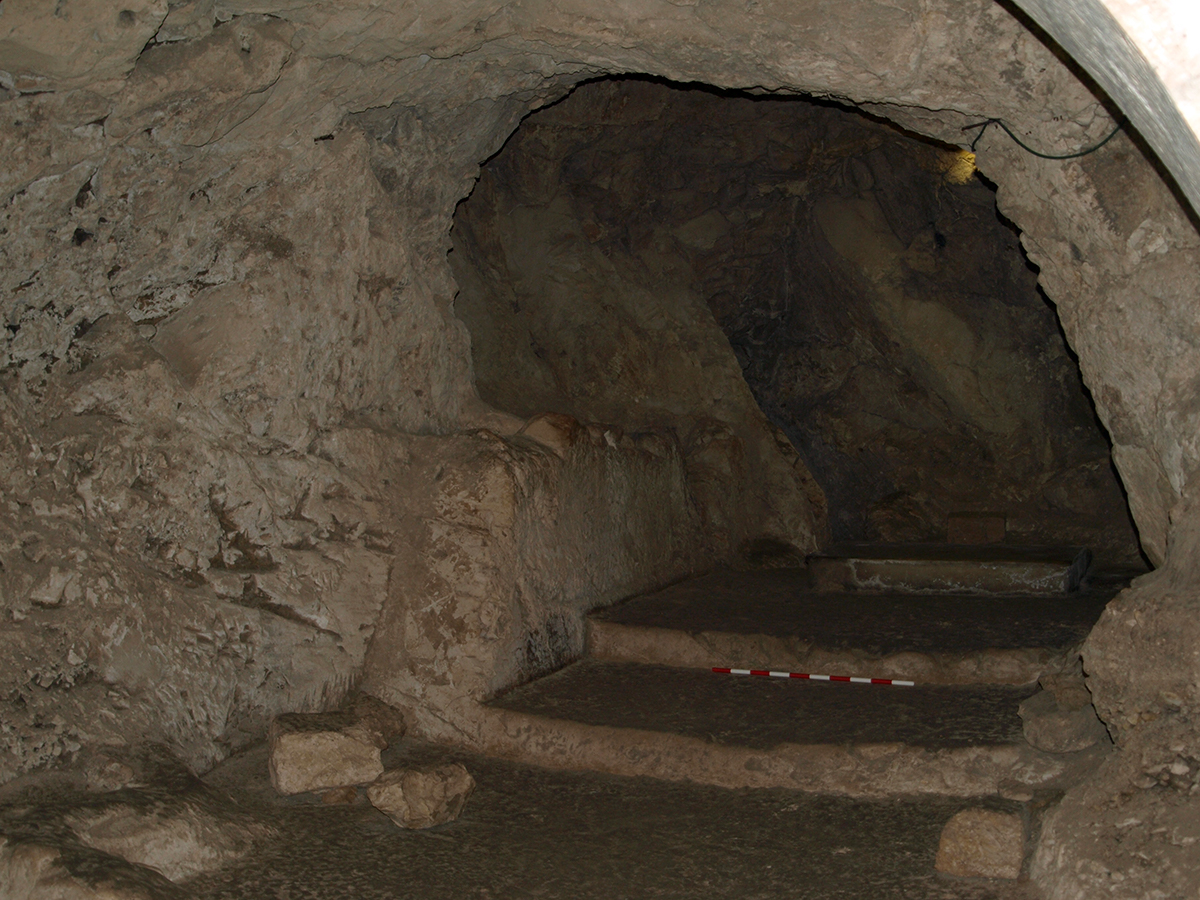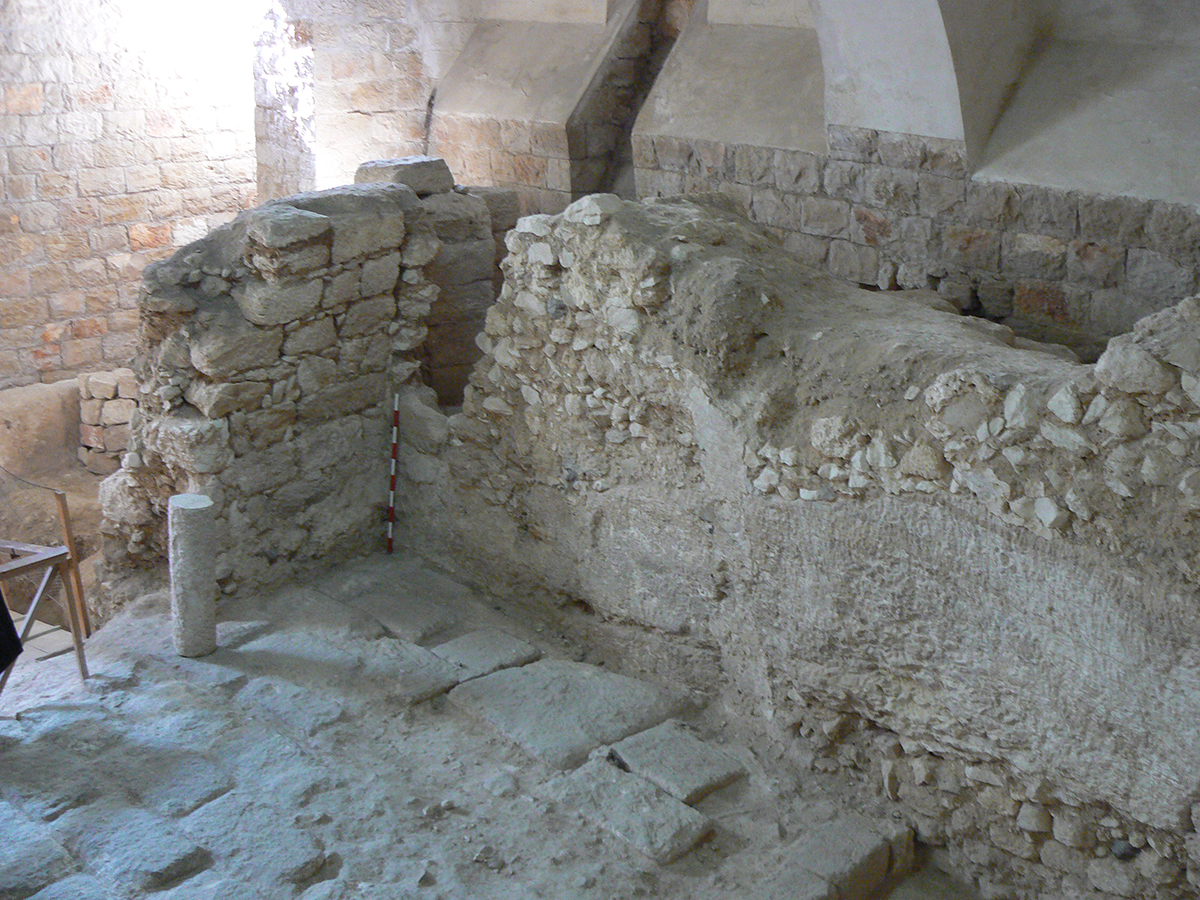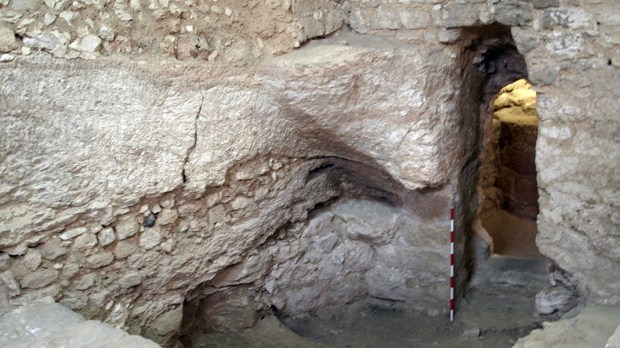Five years of intensive research on archaeological data has consolidated evidence that a 1st-century house in Nazareth belonged to the Holy Family, a British researcher has concluded.
The house, which was discovered decades ago beneath a convent, was first excavated in the 1880s, but not professionally.
The Sisters of Nazareth built a convent, discovered an ancient cistern and did a little digging, assisted by workmen and school children.
The convent is still in operation, near Nazareth’s Basilica of the Annunciation.
In a new book, The Sisters of Nazareth Convent: A Roman-period, Byzantine and Crusader site in central Nazareth, Professor Ken Dark, an archaeologist from the University of Reading in the U.K., says it was likely St. Joseph who built the house, a stone and mortar dwelling that is partially cut into a limestone hillside.

Dark, who has spent 14 years studying the site, said that St. Joseph would have been capable of building the house. The Gospel accounts refer to the Foster Father of Jesus as a tekton, a Greek word meaning both carpenter and a craftsman associated with building.
“It has become clear that whoever built the house had a very good understanding of stone-working,” Dark told the Daily Mail.
Several features of the house show that its builder “had a good knowledge of the properties of the local stone and how to work it,” Dark said.

The subsequent history of the site suggests it had great significance for followers of Jesus. By the 4th century, a cave church was build there, decorated with mosaic and containing a screen separating the sanctuary.
Almost overlooked
Aside from some artifacts the sisters put on display in their museum, little attention was paid to the site, except for some studies made in 1936 by a French Jesuit, Henri Senès. His notes were known only to the sisters until 2006, when they shared them with Dark and his Nazareth Archaeological Project. Some tantalizing evidence began to emerge as Dark’s team reexamined the entire site.
For example, they found “probable fragments of limestone vessels” on the site. According to Jewish law, limestone vessels are not subject to impurity, indicating that the inhabitants of the 1st-century home likely were Jews.

Pottery also provides evidence of a wider cultural divide in the area of Nazareth amid which Jesus grew up. Archaeological sites to the north featured a wide range of artifacts, including imported pottery, indicating the metropolitan world of the Roman empire, while sites closer to Nazareth featured artifacts including the aforementioned limestone vessels that indicated Jewish culture. This suggests “a more conservative attitude to religious belief and concepts of purity and reject[ed] ‘Roman’ culture as a whole,” Dark has said in the past.
Nowhere else in the Roman Empire is there such a seemingly clear-cut boundary between people accepting and those rejecting Roman culture, even along the imperial Roman frontiers. This suggests that the Nazareth area was unusual for the strength of its anti-Roman sentiment and/or the strength of its Jewish identity.

